
This logo isn't an ad or affiliate link. It's an organization that shares in our mission, and empowered the authors to share their insights in Byte form.
Rumie vets Bytes for compliance with our
Standards.
The organization is responsible for the completeness and reliability of the content.
Learn more
about how Rumie works with partners.
Are you frustrated that your students aren't understanding or retaining what you teach?

Well, maybe you should improve your lessons with learning theory!

Start with dual-coding theory to design lessons that enhance cognitive processing.
What is dual-coding theory?
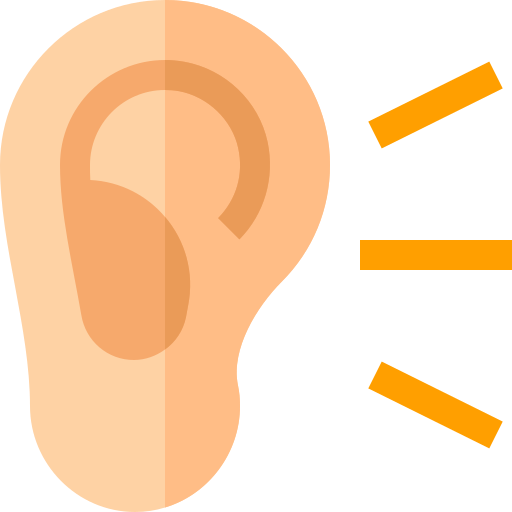

Since sight can not be used to learn the sound of a word and hearing cannot be used to form a mental image, it became evident that these are separate channels.
The dual-coding process
Paivio theorized that by processing both the verbal and visual associations simultaneously, the information is more likely to be understood and retained.
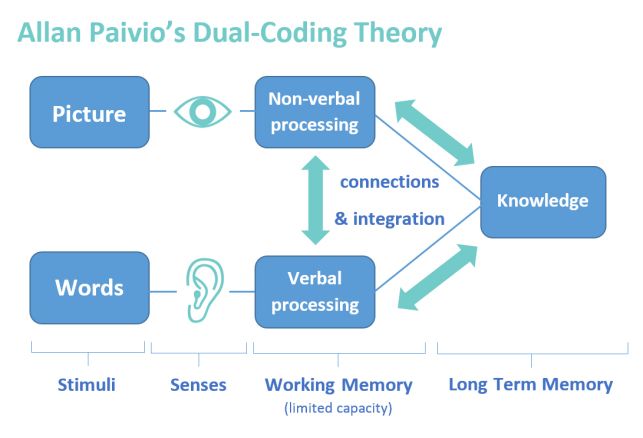 Image Source: Dkahng. Wikimedia Commons
Image Source: Dkahng. Wikimedia Commons
Pictures are stimuli that are sensed by our ears and processed non-verbally.
Words are stimuli that are sensed by our ears and processed verbally.
The two stimuli enter the working memory, which has a limited capacity for processing.
Connections are made between the pictures and the words, and then their integration is moved into the long-term memory as knowledge.
Did you know?
Learn about why the working memory has limited capacity for information processing.
Where's the evidence?
Additionally, evidence shows that combining verbal and visual information can mutually reinforce each other, facilitating better retention in memory. For example, a language instructor points at an item while saying the item.
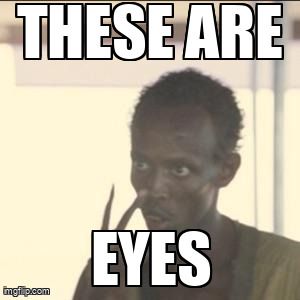
Finally, researchers used functional magnetic resonance imaging (fMRI) and event-related potentials (ERPs) to identify separate brain regions involved in visual perception and imagery.
Studies using positron emission tomography (PET) scans and fMRI revealed improved memory for spoken words when paired with images, along with increased brain activity for processing abstract words (e.g., freedom, humor, grace).
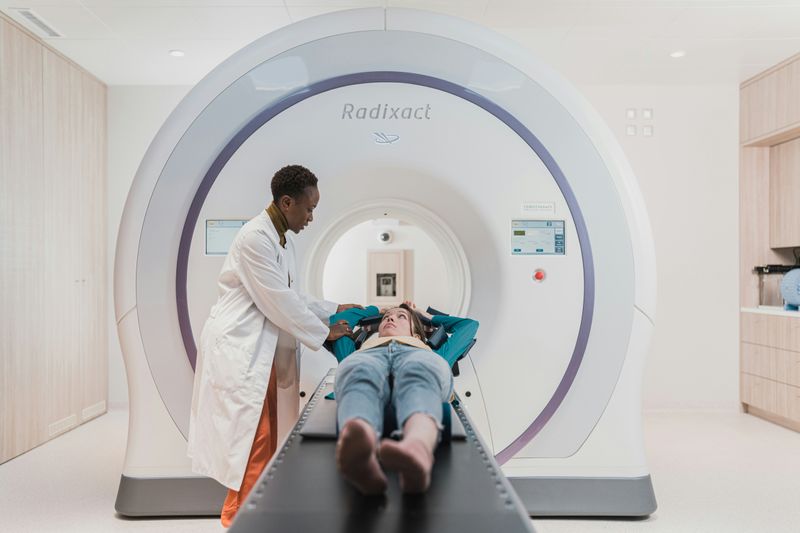 Photo by Accuray on Unsplash
Photo by Accuray on UnsplashHow can I apply it?
Here are some ideas to enhance your lesson plans using dual-coding theory:
Complement verbal explanations with visuals such as diagrams, charts, graphs, and illustrations. For example, while explaining data, show a visual that emphasizes the story being told from the data.
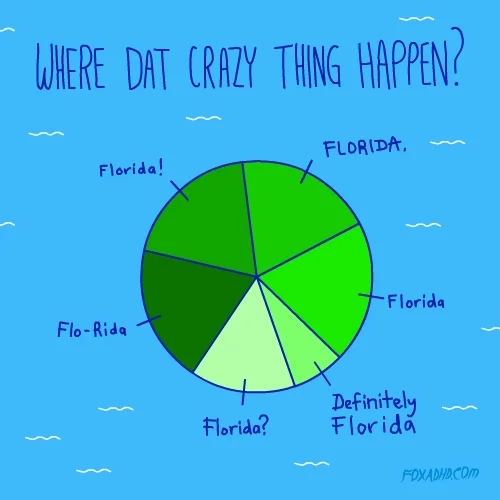
Use multimedia resources such as videos, animations, and interactive games and simulations to provide visual and verbal explanations of concepts. Think "show and tell" instead of just telling.
Pair spoken explanations with corresponding images or visual cues. Imagine that the dude in the picture below is an English teacher speaking to students.
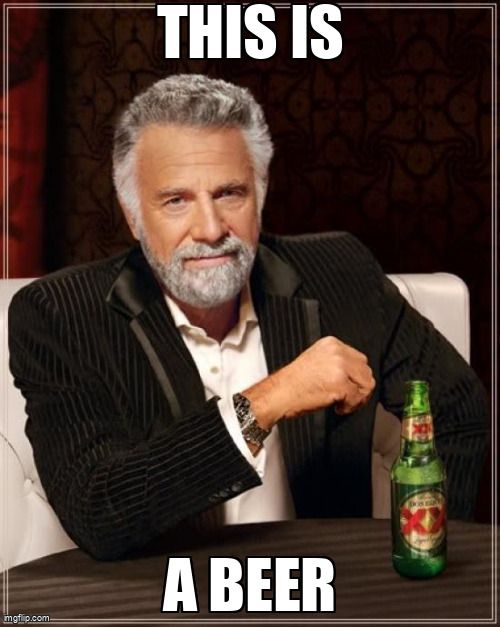
Provide opportunities for hands-on activities, experiments, or demonstrations that allow students to interact with and visualize abstract concepts. Don't just tell students that a chemical reaction will happen. Have them do an experiment that shows it happening!

Use mnemonic devices, such as acronyms, to help students remember information more effectively. Think PEMDAS.
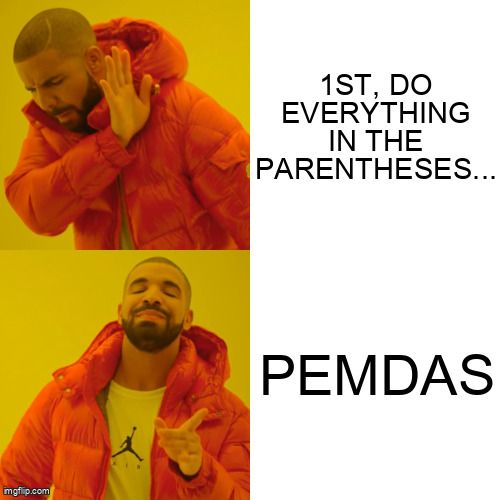
Did you know?
Don't know what PEMDAS is? Check out this Byte that explains PEMDAS and tells you how to use it.
Let's practice applying it!
Which of these activities are effective applications of dual-coding theory?

A language teacher has students repeat new vocabulary words as she says them. The teacher doesn't show any accompanying images to show what the words mean.

The teacher writes the words on the board, says the words, and has the students repeat the words.
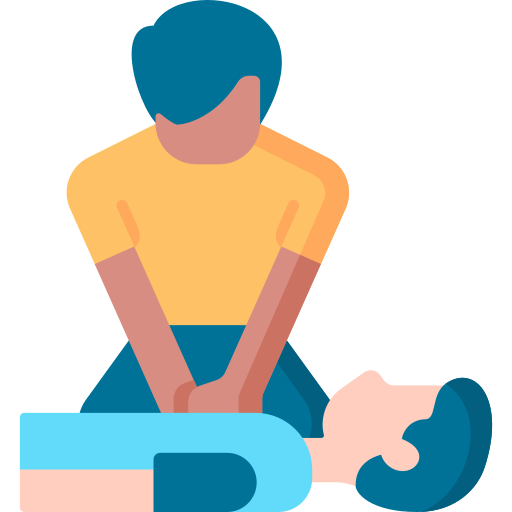
An instructor pretends to perform CPR on a student while explaining what they're doing and why they're doing it.

The teacher presents an infographic that includes pictures and a graph while the teacher explains the topic in detail.
Quiz
Select all the activities that demonstrate effective applications of dual-coding theory:
An infographic paired with a verbal explanation is a great idea as learners will process both visuals and spoken words. The same is true of the CPR demonstration. If you show a new speaker of a language a picture without saying the word, they won't be able to learn its name. If you say the word but don't show a visual represenation, they won't know what you're talking about.
Take Action
Now your students will more easily process your lessons and better retain information.
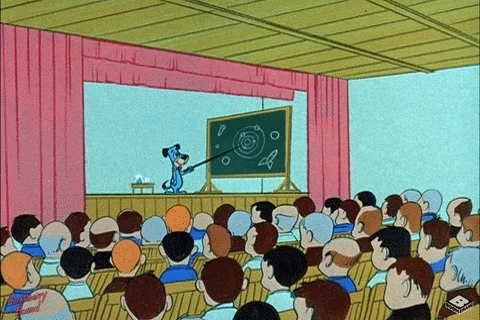
This Byte has been authored by
Adam Minahan
Learning Designer

